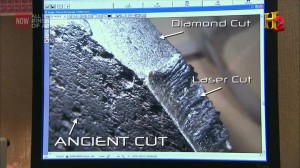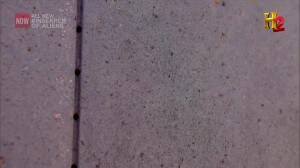
Bolivia: Puma Punk - How Did They Do?
 1
1
 11. 02. 2024
11. 02. 2024

The whole complex of buildings, located near the city of Tiwanaku in Bolivia, is today referred to as Puma Punku. Some refer to this place as the place where the gods first descended.
Today, we see only ruins that are characterized by great technical perfection, and even after so many thousands of years we have to ask how did they do it?
Surprising are the technologies used to build a complex of civilizations that, for example, did not even use writing. Monoliths excel in right angles, surface evenness and processing levels. Some stone blocks also have rectangular concave depressions, straight grooves and lines of regularly spaced holes indicating traces of mechanization. The size of the temple complex, in turn, requires advanced knowledge of logistics and construction planning. The transport of the material by the assumed technique of rolling stone blocks over logs was complicated by the fact that there is no tree vegetation at this altitude. Also fascinating are the so-called H stones, made in standardized (identical) dimensions.
Chris Dunn took the test. He took a piece of stone that was machined by an unknown ancient technology. He made a cut with a diamond disc and a laser. As we can see in the figure, cut diamond and laser has a completely different character under the microscope than the original cut.
Chris Dunn: Even if we take into account thousands of years of rock weathering, it must have been a completely different technology…
A narrow straight cut can be seen on one of the stones in Puma Punk. In the section you can see small deep holes, which are made at regular intervals. Each of the holes is the same depth. To produce something like this today would require a diamond circular saw and a diamond drill.







